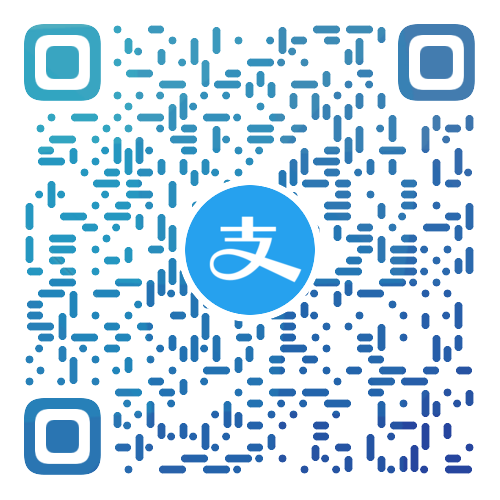Java中的String和Byte的互相转换
在Java开发中,String和Byte的互相转换是非常常见的操作,主要用于数据的读取、传输和处理。让我们逐步解析这两者之间的各种操作。
一、字符串转字节序列
在Java中,可以使用String类的getBytes()方法将字符串转化为字节序列。
String str = "Hello World"; byte[] byteArray = str.getBytes(); for(byte b: byteArray){ System.out.println(b); } This snippet of code converts a string into its byte representation. It then prints out each byte in the array.
二、字节序列转字符串
与字符串转字节序列的操作相对应,我们也可以将字节序列转化为字符串。我们仍然可以使用String类的构造方法实现这个过程。
byte[] byteArray = {72, 101, 108, 108, 111, 32, 87, 111, 114, 108, 100}; String str = new String(byteArray); System.out.println(str); This snippet of code converts a byte array into a string. It does this by creating a new String object from a byte array.
三、字符集的影响
值得注意的是,上述的转换过程可能会受到字符集的影响。默认情况下,getBytes()方法使用平台默认的字符集将字符串编码为字节序列。同样,String(byte[] bytes)构造器也使用平台默认的字符集将字节序列解码为字符串。如果需要用特定的字符集进行编码或解码,可以使用带有Charset或字符集名的getBytes()和String()方法。
String str = "Hello World"; byte[] byteArray = str.getBytes(StandardCharsets.UTF_8); String str2 = new String(byteArray, StandardCharsets.UTF_8); System.out.println(str2);
This code snippet demonstrates how to use a specific character set (UTF-8 in this case) for the conversion between a string and a byte array. It ensures that the same character set is used for both encoding and decoding, thus avoiding potential mismatches between different character sets.

 支付宝扫一扫
支付宝扫一扫 微信扫一扫
微信扫一扫

